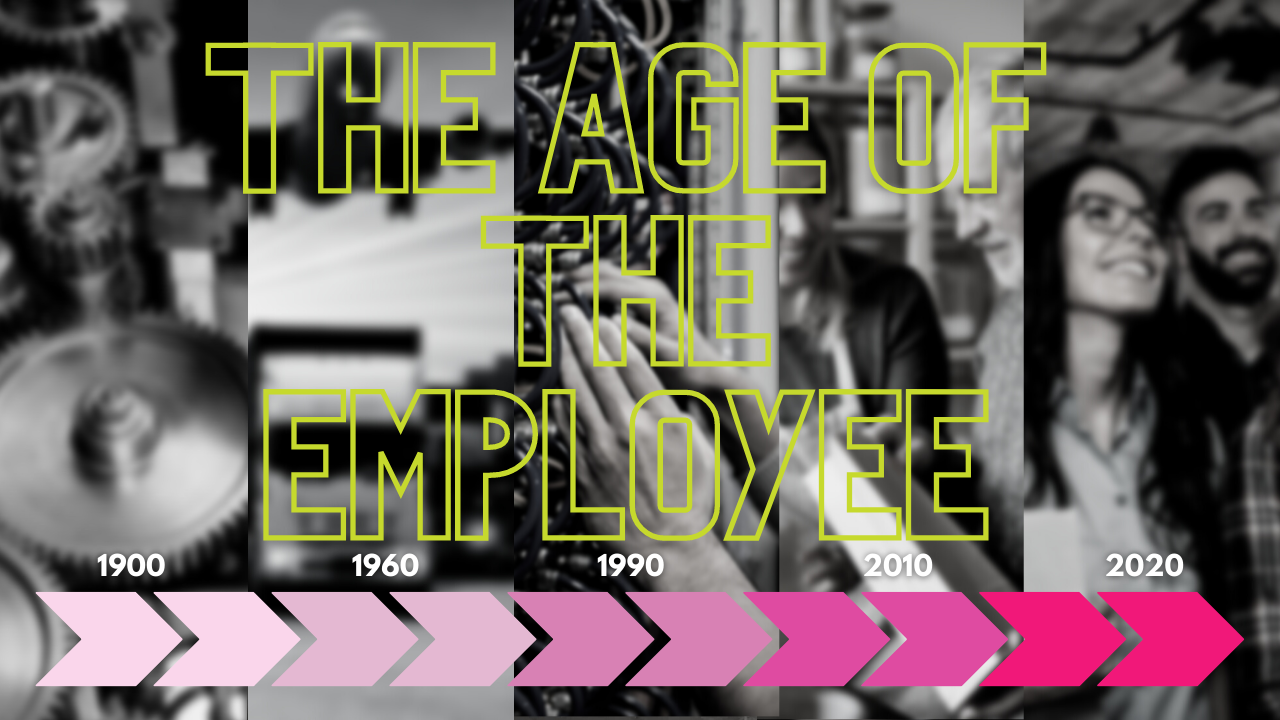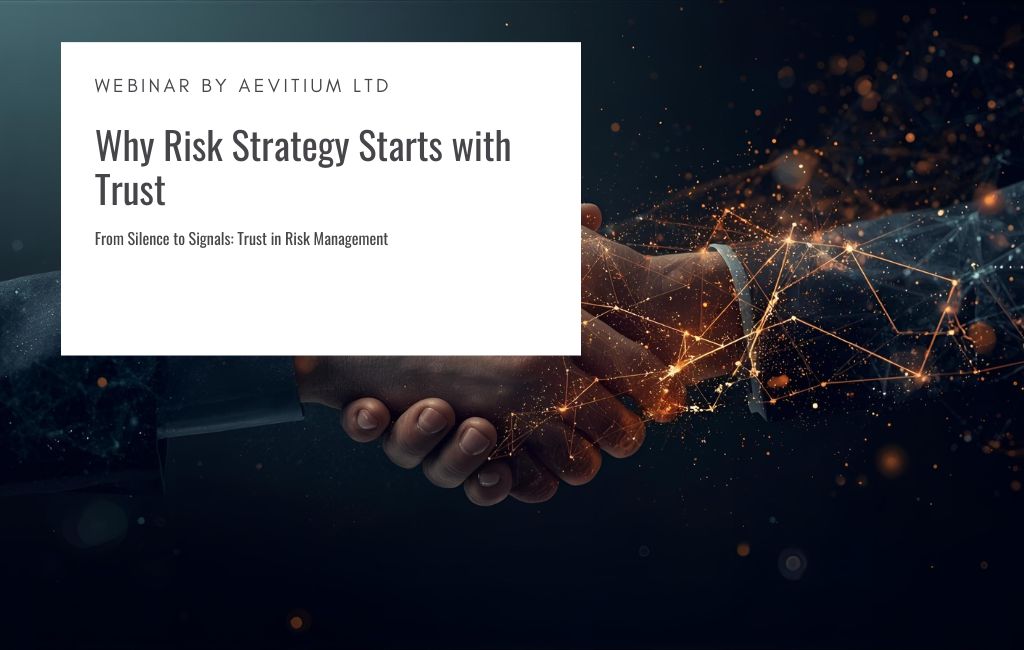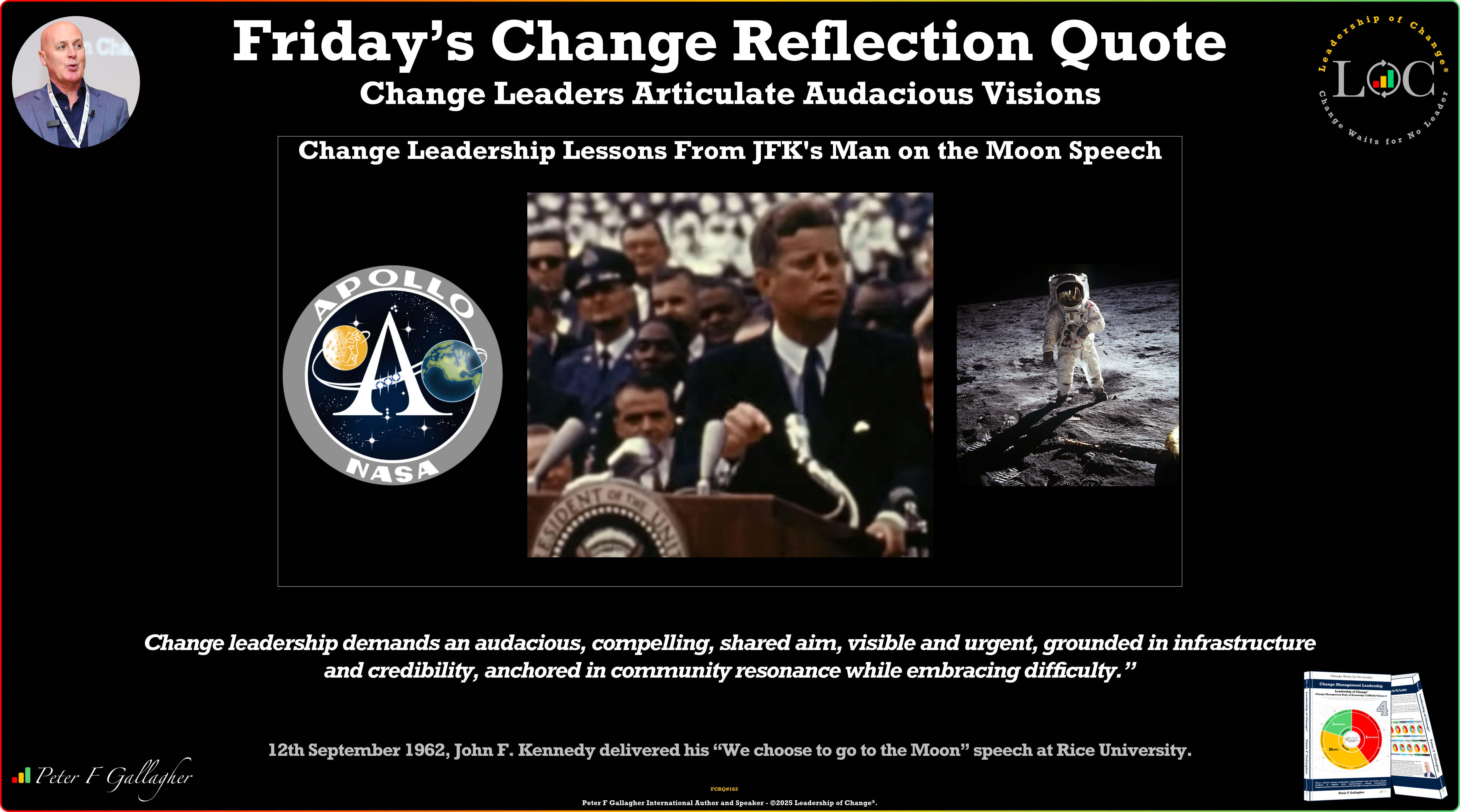Dec05

We live in an ever-changing world, where new technologies and inventions have the power to fundamentally shift both business and society. When it comes to the relationship between businesses and their clients or customers, these shifts through the decades are pronounced.
It is widely understood that the last decade has been the Age of the Customer. Two studies were published by Forrester Research in 2013 that highlighted the impact and use of technology that signalled a change from the previous Age of Information.
The Age of the Customer of the last decade is defined by the power that customers have. Customers are more connected than they have ever been and are able to direct businesses through their power and influence on social media and third-party review sites. Just think—today, companies can be “cancelled” over a PR blunder or have a hard time getting business with poor Yelp reviews.
Businesses have responded by trying to create an amazing customer experience (CX) with things like personas, customer journey maps, or customer experience maps etc. They have embraced two-way communication on social media and work hard to earn their client’s trust and repeat business.
Focusing on CX is great and absolutely necessary, but the foundation of every CX is EX—the employee experience. CX led organisations continue to be market leaders but one thing that is often unseen, is that they are also great places to work. That’s because CX led companies have realised that although CX is the head, EX is actually the neck and will turn CX wherever it decides. Happy, engaged, and knowledgeable employees will be able to elevate the CX in a way that disengaged employees will not.
I propose that we are entering into a new age: The Age of the Employee. After all, it’s only taken a decade and a pandemic for businesses to understand that every CX starts with great EX. Companies need to focus on their EX or they will no longer be competitive in the after-COVID (AC) era.
Let’s take a step back for a moment. The last century has seen massive shifts in technology, business, and society. We don’t even really need to state that—it’s obvious. What’s less obvious is the nature of these shifts. A lot of experts and analysts have divided the last century into different “ages,” with each having a unique and defining feature. A summary of these ages are as follows:
As mentioned, the Age of the Employee has been ten years plus a pandemic in the making. While the last decade of focus on customers has gotten a lot of things right, it has also missed a fundamental piece: behind every CX is an employee—a real human who is interacting with that customer and making a positive or negative impact on them.
Focusing on CX cannot be a siloed pursuit as it is inextricably intertwined with EX. Companies are slowly coming to terms with this and initiating employee care or engagement initiatives.
Then the pandemic came. And everything shifted.
For the first time, employees were asked to do something remarkable—work from home in the midst of an uncertain global pandemic. Some people struggled and some thrived with the work from home set up. But, as a collective, employees found their voice.
Employees felt like they could, finally, prioritise their health and family over work. They had additional free time without normal commutes to purse hobbies and side hustles. Pandemic losses caused people to re-think priorities and things that are important. They became comfortable working in pyjamas.
These shifts are monumental. Any company that thinks they can just call back their employees and things will maintain status-quo are sorely mistaken. The pandemic has given a voice to employees and, now that they have found it, they are not going to be silenced.
Businesses have two options: ignore the new-found voice of employees and try to pretend the pandemic didn’t happen, or listen to the voices asking for change and make real investments into EX and employee engagement. I think most people will agree that the latter option is the best choice: it’s time to embrace the Age of the Employee.
There are a number of strategies that businesses need to implement in the AC era to focus on employee engagement. And, while the pandemic is making these changes an urgent necessity, it’s important to recognise that they are a long time coming. Ignoring EX in the pursuit of CX has been a major oversight of the last decade. It’s time to merge the two and realise that they work towards the same aim.
Here are some of the ways companies can invest in their employees as people, creating a holistic EX that boosts engagement, productivity, and efficiency. Companies should invest in:
The Age of the Employee is an extension of the Age of the Customer and has been precipitated by the pandemic. It presents an opportunity for businesses to stay competitive in the AC era by honouring and valuing their employees’ new-found voices, but it will also make all the difference in their CX.
Keywords: Culture, Customer Experience, Future of Work
 China Outpaces U.S. in Shipbuilding: 1,000 to 8
China Outpaces U.S. in Shipbuilding: 1,000 to 8 The Innovation Dilemma: Open-Weight Versus Proprietary Models in Knowledge Distillation
The Innovation Dilemma: Open-Weight Versus Proprietary Models in Knowledge Distillation From Caves to Corner Offices: Why Grant McGaugh’s “First Light” Breaks Every Rule of Business Literature
From Caves to Corner Offices: Why Grant McGaugh’s “First Light” Breaks Every Rule of Business Literature Why Risk Strategy Starts with Trust
Why Risk Strategy Starts with Trust Friday’s Change Reflection Quote - Leadership of Change - Change Leaders Articulate Audacious Visions
Friday’s Change Reflection Quote - Leadership of Change - Change Leaders Articulate Audacious Visions